T4K3.news
Sea Spiders Feed on Methane
New study shows Sericosura sea spiders survive by grazing methane eating bacteria on their legs in deep sea seeps.
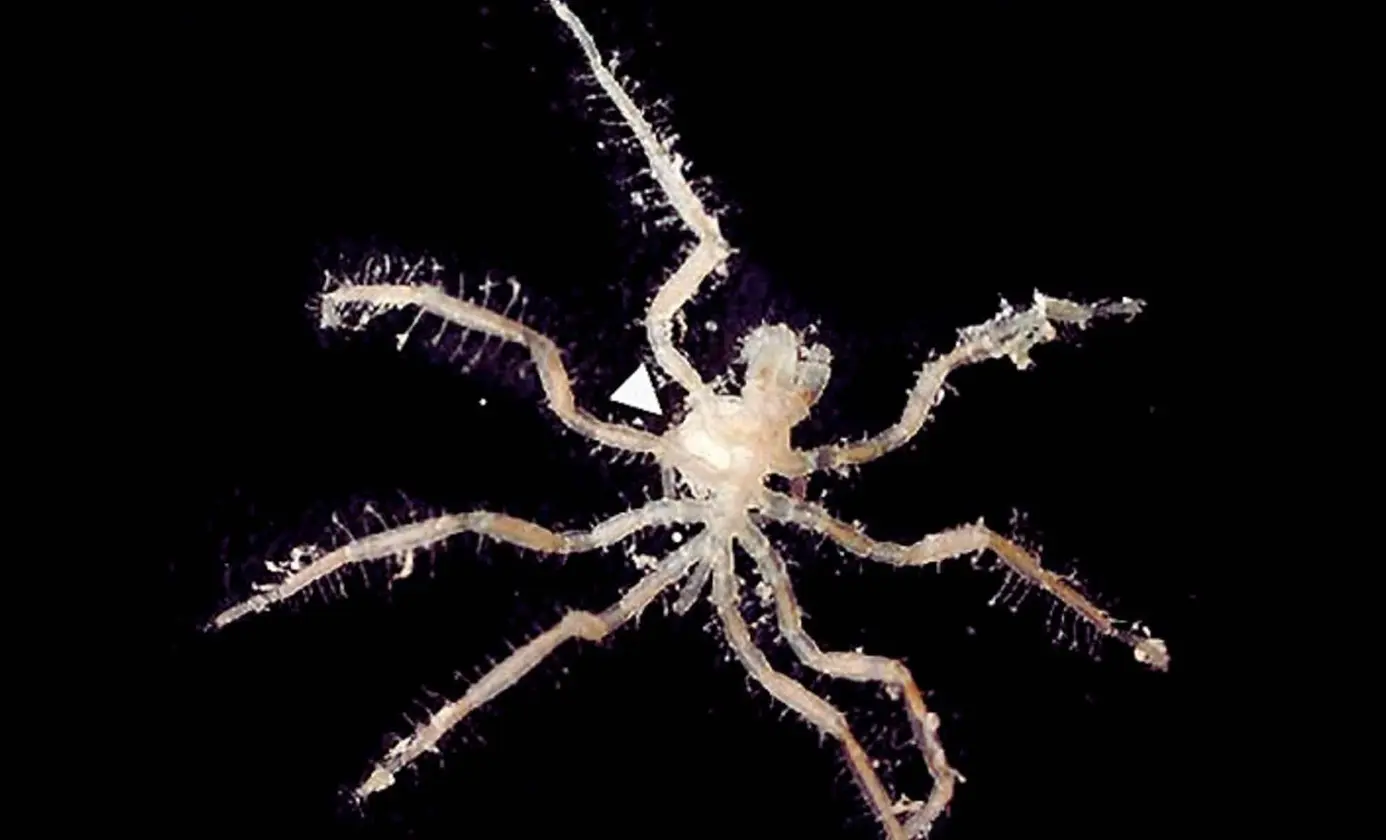
Deep in methane rich seeps off Southern California, sea spiders survive by grazing methane fed bacteria on their legs.
Sea Spiders Thrive on Methane in Deep Ocean
Researchers publishing in the Proceedings of the National Academy of Sciences describe Sericosura sea spiders living more than 3,350 feet below the surface in methane seeps off Southern California. Using remotely operated vehicles, the team collected specimens and found thousands of methanotroph bacteria coating the spiders’ legs, creating a living food farm. The spiders reportedly graze this bacterial layer to obtain calories in a lightless, nutrient-poor environment.
The study outlines a symbiosis where bacteria convert methane into sugars the spiders can absorb. It also notes a surprising behavior: male spiders carry egg sacs on their knees and transfer the same bacteria to their offspring, a form of parental microbiome inheritance.
Experts say the finding shifts how scientists view deep sea food webs, placing microbes and host animals in a tightly coupled cycle. The researchers discuss potential implications for methane cycling in the ocean, suggesting these animals may help trap methane at the seafloor, though the climate impact remains to be measured.
Key Takeaways
"Just like you would eat eggs for breakfast, the sea spider grazes the surface of its body, and it munches all those bacteria for nutrition."
Feeding behavior described by lead researcher
"The vertical transfer of microbiomes could be a game changer for deep sea life."
Editorial assessment of parental microbiome inheritance
"Methane seeps hide a hidden farming world."
Observation about ecosystem
"Life in the abyss keeps surprising us with new symbiotic strategies."
General takeaway
Editorial take This find challenges the idea that deep sea life is mostly microbes and passive scavengers. It shows a complex life form using bacteria as a constant food source, a model of resilience in extreme conditions. Yet the climate angle is still uncertain; researchers should avoid inflating the impact on global methane budgets until broader data are in.
Framing the finding as a sign of a broader microbial partnership in the abyss invites more research into how widespread such strategies are. Funding and policy discussions may hinge on how science translates small observations into broader climate claims.
Highlights
- A microbe farm on a spider's leg shows life finds food where light never reaches.
- Deep oceans keep surprising us with tiny chefs at work.
- Symbiosis keeps the gears of the abyss turning.
- Methane finds a new partner in a spider and its microbes.
The deep ocean keeps surprising us with life that rewrites the rules of survival.
Enjoyed this? Let your friends know!
Related News
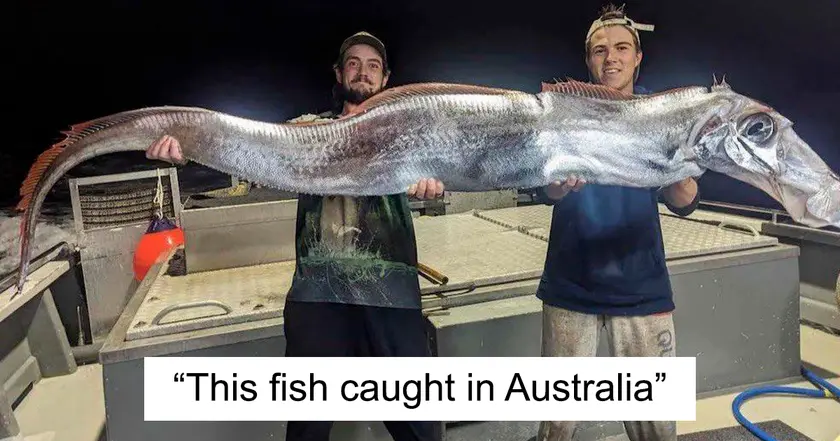
Haunting Images Unveil Nature's Perils
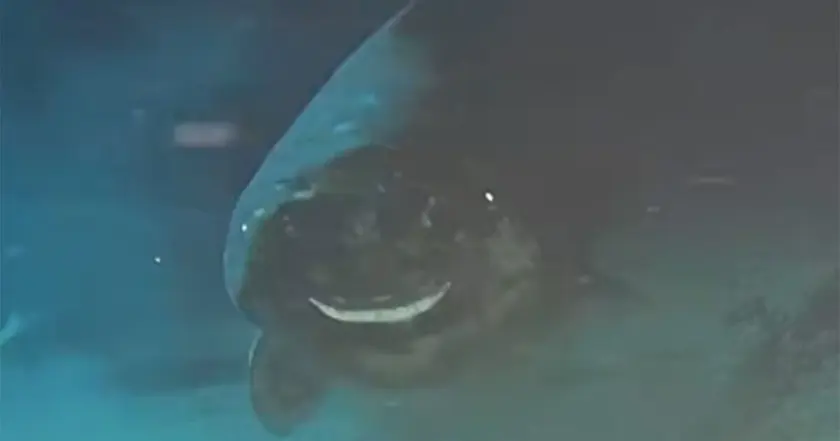
Scientists reveal shocking deep sea findings
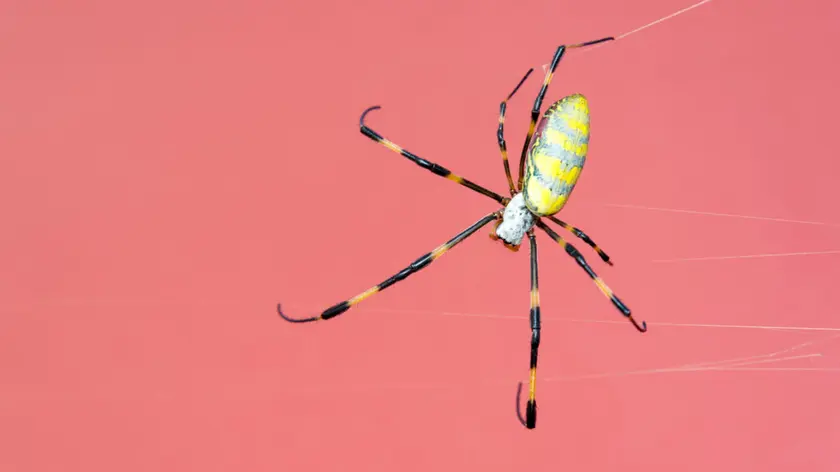
Research Challenges Spider Origins
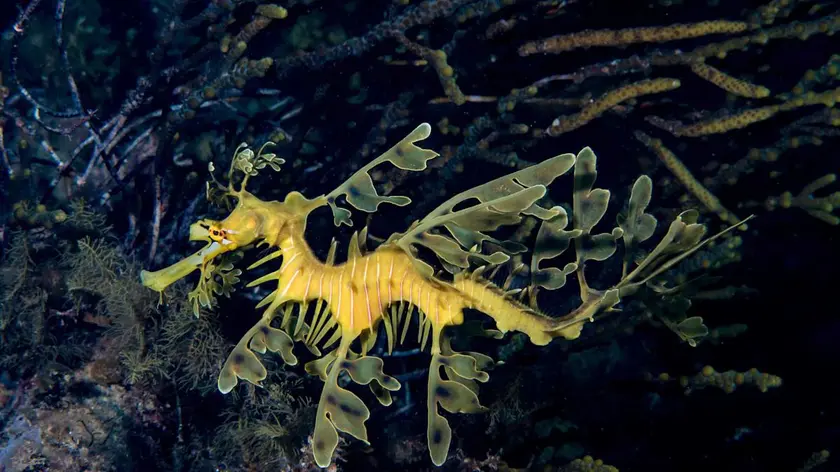
Discover the Strange Forms of Ocean Life
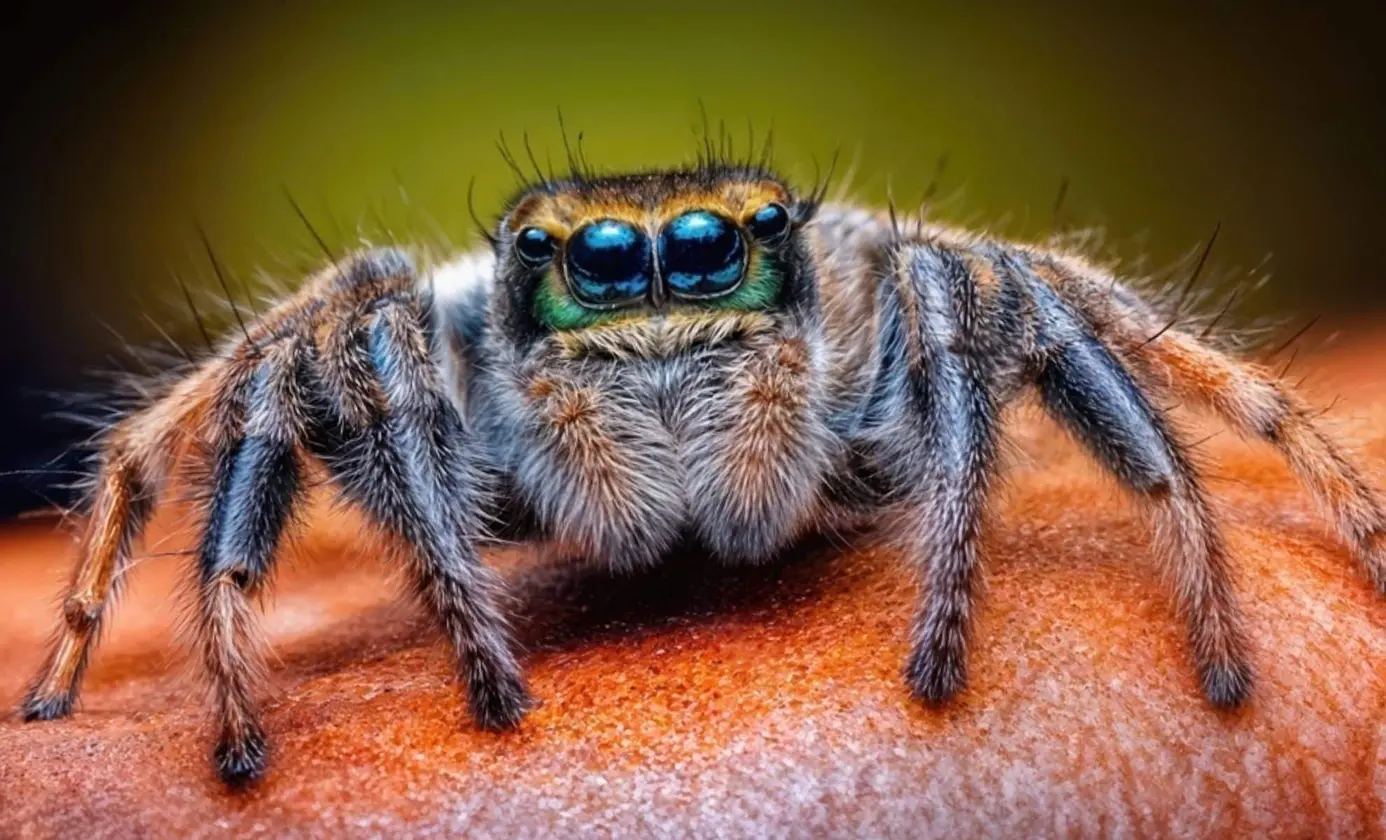
Fossil Challenges Spiders' Earth Origins
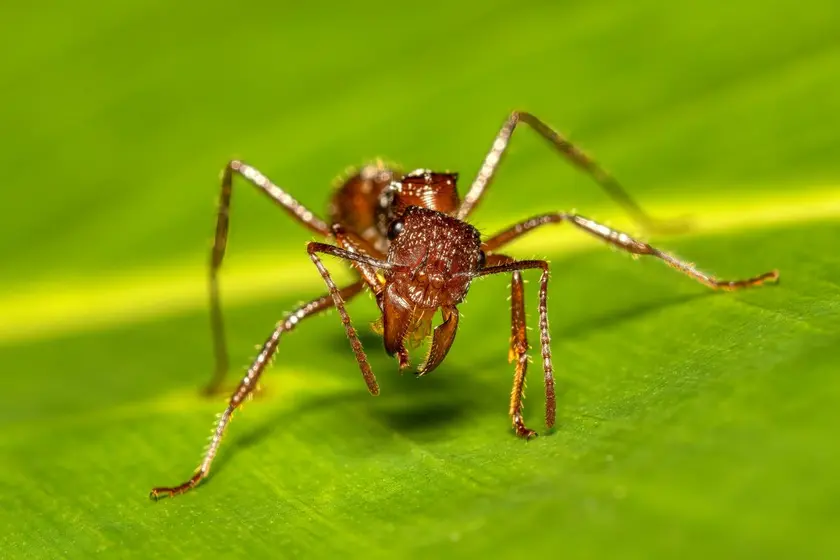
Discover the top 10 painful insect stings

Blue whales fall silent amid climate stress on ocean life

Transformers Rise of the Beasts Adds Notable Voice Actors
